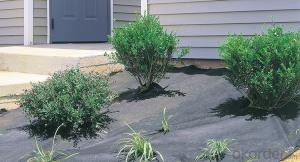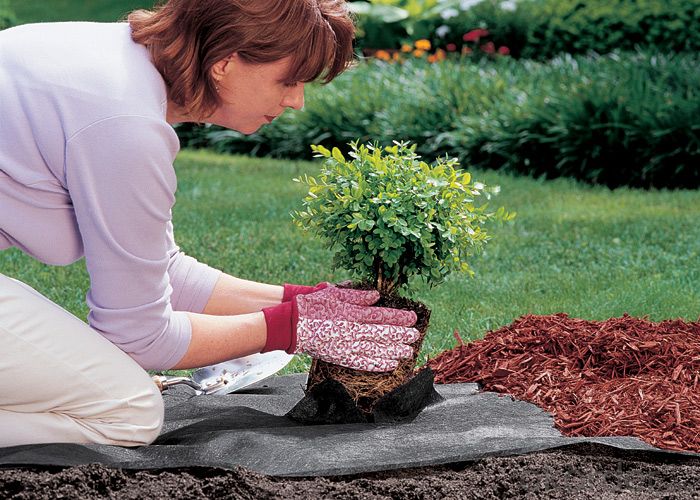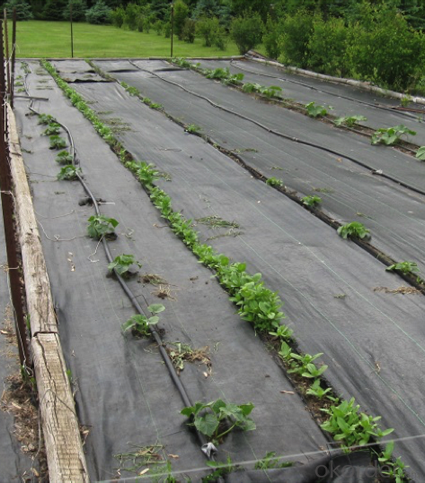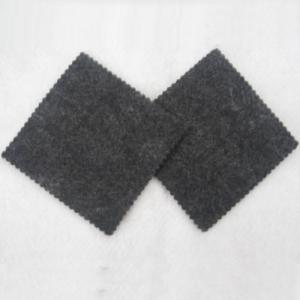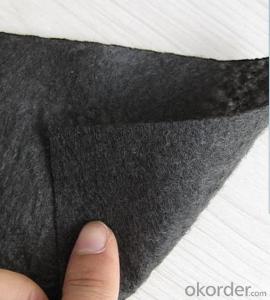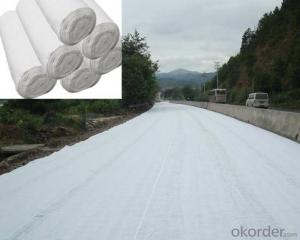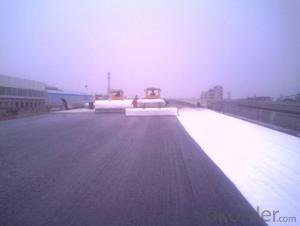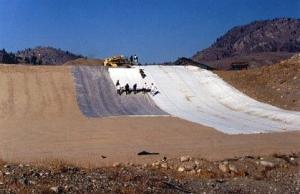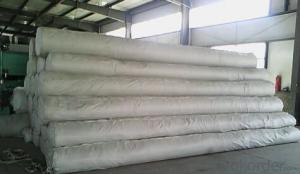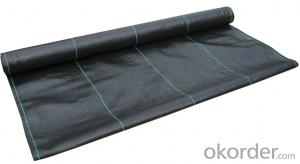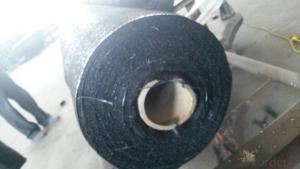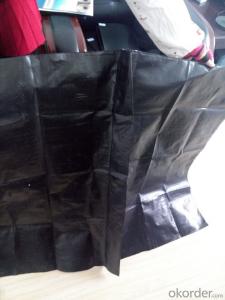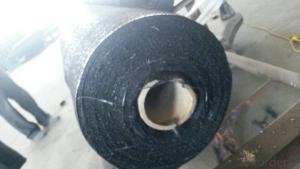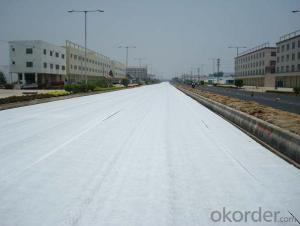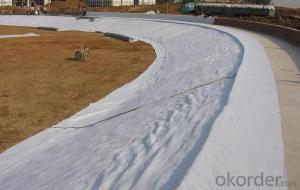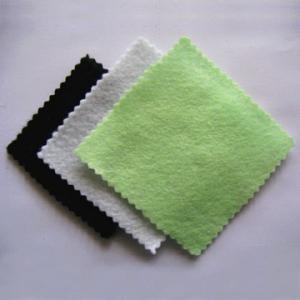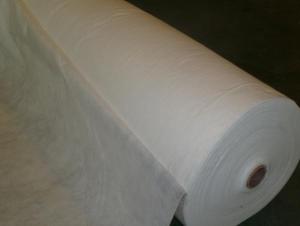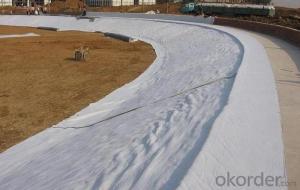Geotextile Membrane for Roads - Wooden Silt Fence/Polypropylene Woven Fabric
- Loading Port:
- China main port
- Payment Terms:
- TT OR LC
- Min Order Qty:
- 5000 m²
- Supply Capability:
- 100000 m²/month
OKorder Service Pledge
OKorder Financial Service
You Might Also Like
Product Description:
1.Silt Fence Description:
Spunbonded PP non woven weed control mat is made of environmentally friendly raw materials, pp spunbond nonwoven fabric. It used to prevent the growth of weed, without the use of potentially dangerous chemical sprays or labor intensive hoeing. Once installed, weed mat will continue providing protection for years without maintenance.
They are permeable fabrics, which allow air, water and nutrients to pass through, and designed to block out the sun to reduce photosynthesis and stop weed growth.
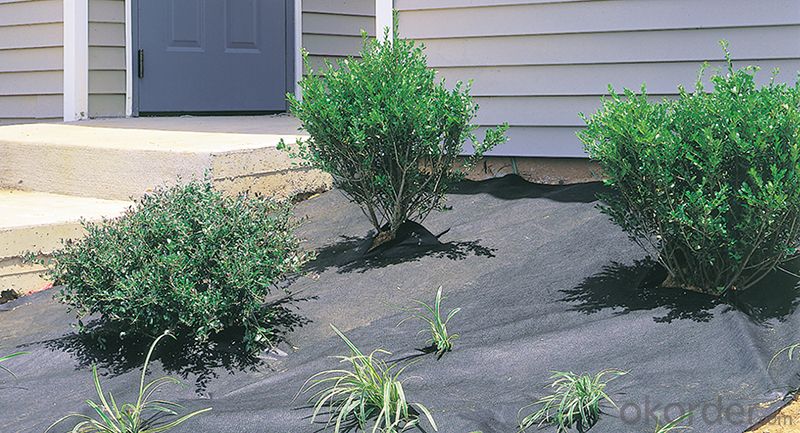
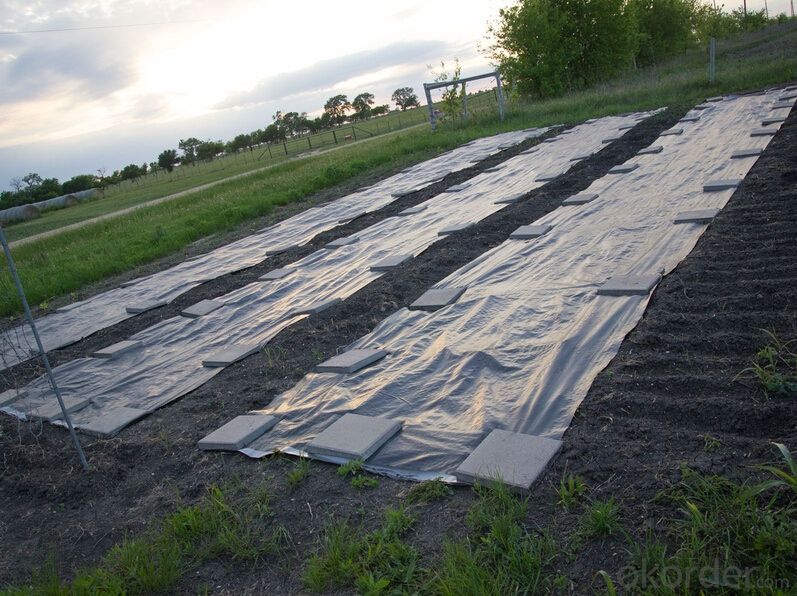
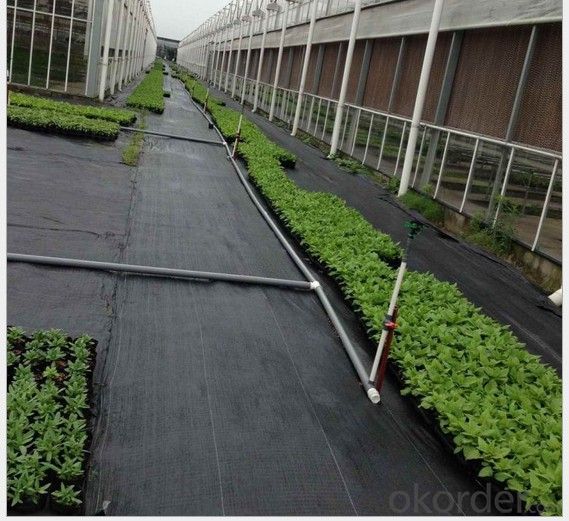
2.Weed Barrier Fabric Functions and Features:
1)Excellent weed control
2)Excellent UV resistance
3)Moisture,fertilizers,air reach plants to allow for healthy soil
4)Good water and air permeability
5)Exceptional toughness and strength
6)Durable,tear-resistant,anti-rot and anti-mildew
7)Light weight,easy to install,follows natural ground contours
8)Ideal for use in landscaped beds,under decks and walkways
9)Fashionable design,high quality,competitive price
10)Long service life
3. Weed Barrier Fabric Usage:
1.Prevent leakage disposal in landfill or waste water or waste dregs disposing field.
2.River bank ,lake dam ,mine remainings ,resevoir ,tunnel ,liquid storage pool(pit ,mine)
3.Preventing leakage in subway ,basement ,tunnel ,hole .
4.Anti-salt leakage in roadbed and other ground sill.
5.The plane direction laying of dam ,the vertical direction laying for ground sill.used in the construction fence and waste material field.
6.Used in ground sill of road ,highway ,railway and waterproof layer of welling clay and wet collapsed loess.
7.Preventing leakage on rooftop.
4. FAQ:
Q1: What is your minimum order quantity?
A:The minimum order quantity is 5000 ,but it is negotiable.
Q2:What is your payment terms?
A: T/T,Western Union,Paypal,L/C...
Q3:What is your delivery time?
A:Production time usually costs 2-20 days.
Waiting to cooperate with you!
- Q: How do geotextiles contribute to groundwater protection?
- Geotextiles contribute to groundwater protection by acting as a barrier that prevents the infiltration of contaminants into the groundwater. These specialized textiles are designed to allow water to pass through while retaining soil particles and other pollutants, thus filtering out harmful substances and protecting the quality of groundwater sources.
- Q: Who can talk about geogrid, fiberglass and geotextile What is the difference, from the material function, use all aspects of speaking, if the answer is good, I will add more points
- Grille: As the name implies, it is a grid. Cloth: is the whole. Geogrid: is used for geotechnical grille, its materials are many, such as glass fiber, polyester fiber and so on.
- Q: Acupuncture geotextile is divided into several kinds of how is it used?
- Acupuncture geotextile is now divided into two types, according to the fiber form to points. Continuous fiber called filament acupuncture non-woven geotextile. A few centimeters of length fibers made of staple fibers for nonwoven geotextiles. Use is not used, mainly used in geotechnical engineering in the filter, isolation, drainage and so on.
- Q: Why do you want to wrap the geotextile
- Hello, geotextile through the water, play the role of filtering Huazhi geotechnical materials manufacturers to answer
- Q: What is the difference between a hard pipe and a mesh plastic blind ditch?
- Different products, all play the role of drainage ditch need to wrap geotextered soft water pipe does not require geotextile package. Huazhi geotextile material answer
- Q: How do geotextiles help with reinforcement of geotextile containers?
- Geotextiles help with the reinforcement of geotextile containers by providing structural support and stability. They prevent soil erosion, distribute load evenly, and improve the overall strength and integrity of the container. Additionally, geotextiles act as a barrier to filter water and allow for proper drainage, preventing the buildup of hydrostatic pressure and enhancing the stability of the container.
- Q: Is there a coinage between the embedded pipeline and the gravel blind ditch? Also on the backfill plant how to set the quota? Also ask the master advise! More
- You can go to the civil online forum to ask questions, there are a little more professional.
- Q: Are geotextiles resistant to hydrostatic pressure?
- Yes, geotextiles are generally resistant to hydrostatic pressure.
- Q: How are geotextiles tested for strength and durability?
- Geotextiles are tested for strength and durability through various methods such as tensile testing, puncture resistance testing, tear resistance testing, and abrasion resistance testing. These tests involve subjecting the geotextiles to controlled forces, pressures, and wear to assess their ability to withstand different environmental conditions and loads.
- Q: Are geotextiles suitable for use in coastal erosion control?
- Yes, geotextiles are suitable for use in coastal erosion control. They can effectively stabilize soil, prevent erosion, and promote vegetation growth in coastal areas. Geotextiles provide a barrier against wave action and help to retain sediment, reducing the rate of erosion and protecting shorelines from further degradation.
Send your message to us
Geotextile Membrane for Roads - Wooden Silt Fence/Polypropylene Woven Fabric
- Loading Port:
- China main port
- Payment Terms:
- TT OR LC
- Min Order Qty:
- 5000 m²
- Supply Capability:
- 100000 m²/month
OKorder Service Pledge
OKorder Financial Service
Similar products
Hot products
Hot Searches
Related keywords
